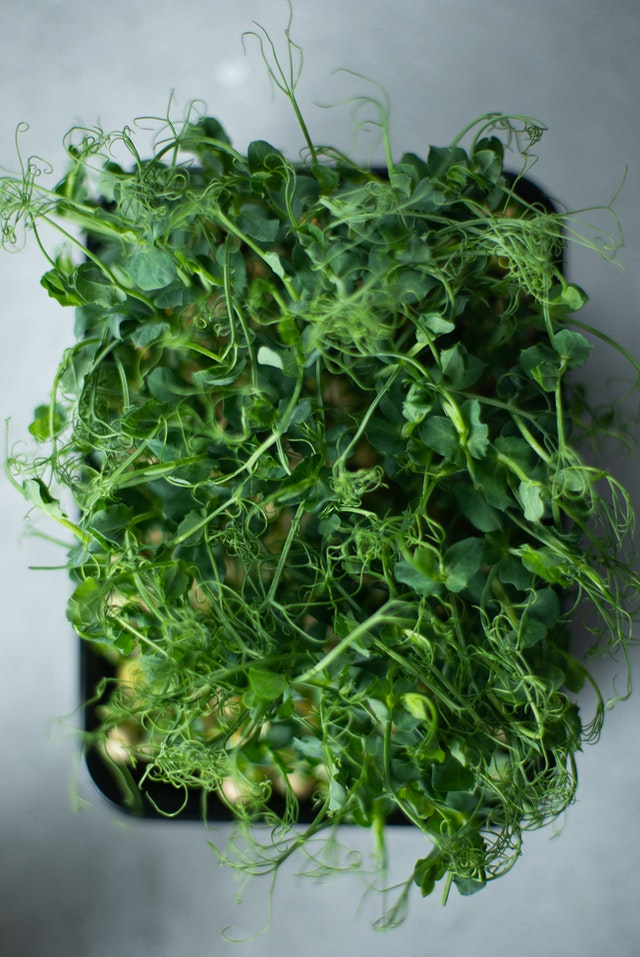Small edible plants: Micro-sprouts
Micro-sprouts, which are rapidly spreading around the world, are in everyone’s favourite. Greenhouses, city dwellers, housewives, restaurant owners, producers of vegetable and fruit saplings are interested in micro-sprouts.
Recently, it has been started to use in all world and local cuisines. The use of micro-sprouts, which are known to be extremely beneficial for health, in food and meal presentations has become widespread.
What are micro-sprouts?
They are young vegetable greens that are approximately 2.5-7.5 cm tall. They have a concentrated nutritional content and aromatic flavour. Their colour and texture differ. They are more like baby greens. Because only stems and leaves are considered edible. However, unlike baby greens, they are much smaller in size and can be sold before harvesting.
Benefits of micro-sprouts
They may have 9 times more vitamins, minerals, and even protein than their large ones. The smallest form of plants that sprout from seeds is called “micro-sprout”. From legumes such as chickpeas, lentils and beans to different vegetables such as horseradish and purple cabbage, micro-sprouts are produced and consumed with pleasure.
These greens, which are consumed for the first time in China, contain much more vitamins and minerals than mature green herbs and vegetables. Since they are the first forms of plants, they contain all the nutritional value. It can lower bad cholesterol levels and minimize the risk of cardiovascular diseases. Thanks to the antioxidants that contain high polyphenols, it also minimizes the risk of getting Alzheimer’s disease. It keeps blood sugar in balance. It is especially recommended for diabetic patients. It enhances the skin and contributes to the body being more energetic and healthy.
How are micro-sprout grown?
Spread a handful of clean soil on the floor of the flowerpot. Sprinkle half of the perlite on it. At this stage, moisten the soil by placing clean, non-chlorinated drinking water in the spray bottle. Perlite will keep the water and keep moisture in the soil. Spread half of the remaining soil on it and sprinkle the seeds. Spray water with a spray once or twice. Cover the remaining half of the soil, sprinkle the remaining perlite, spray water again and germinate in a dark and warm environment for a few days. Make sure it retains its moisture by spraying water once or twice a day. Take your seeds that germinate in a few days from the dark environment to the germination stage and place them in a light-exposed area. Here, your lawn, which is better nourished by taking advantage of sunlight, will quickly grow in a week. In total, you will be able to harvest your micro sprouts in about 12 days.

Key point
To make the germination phase hydroponic, just soak the seeds or grains in a moist container overnight. Then you need to lightly sprinkle soil under and over the grass. Make sure that the seeds and soil are moist, not wet. In too much water, seeds, grasses or sprouts can rot.
How are micro-sprouts used in cooking?
You can cut these growing micro sprouts with scissors and put them on your omelettes and sandwiches for breakfast. It is recommended to be consumed raw. Otherwise, they can lose their nutritional value. Apart from that, you can put it in smoothies and enjoy the drinks you prepare from them. You can add flavour to your salads and decorate your meals with micro sprouts during the service phase.
How are micro sprouts stored?
It is important to consume your micro sprouts fresh. However, after cutting, you can put it in a glass storage container lined with a paper towel and keep it in the refrigerator in an airtight manner. You may be allergic to micro sprouts or some vegetables. For this reason, we recommend that you consult a doctor before consuming.



